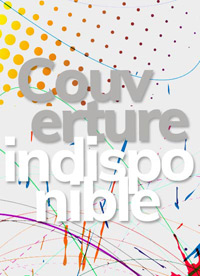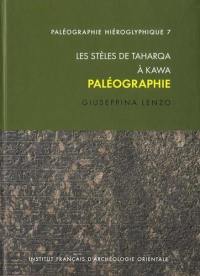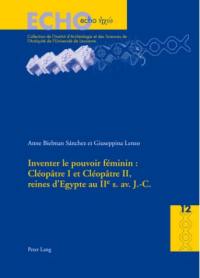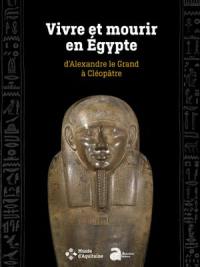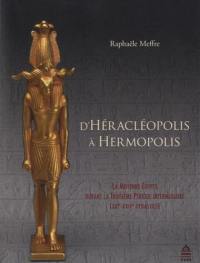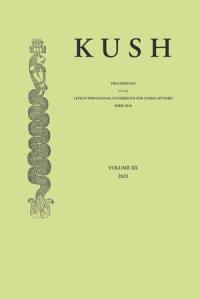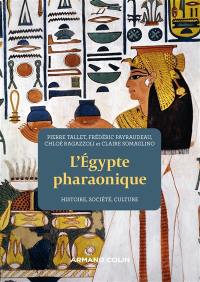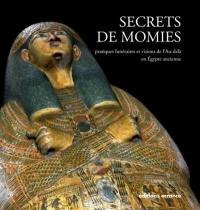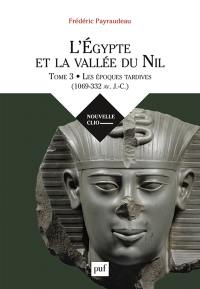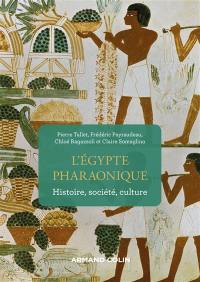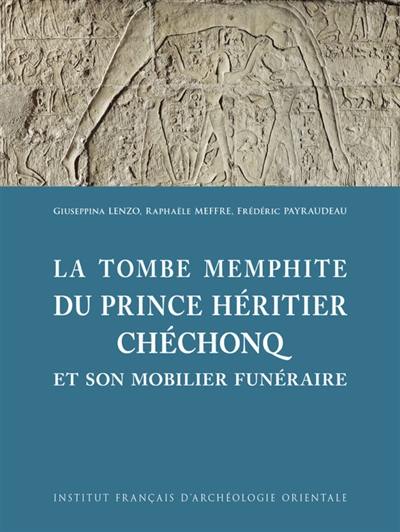
Fiche technique
Format : Relié
Nb de pages : VII-333 pages
Poids : 1687 g
Dimensions : 25cm X 33cm
ISBN : 978-2-7247-0964-3
EAN : 9782724709643
La tombe memphite du prince héritier Chéchonq et son mobilier funéraire
Quatrième de couverture
Cet ouvrage est consacré à la publication de la tombe et du matériel funéraire du fils royal et grand prêtre de Ptah Chéchonq de la XXIIe dynastie (vers 830 avant notre ère). Trouvés à Memphis en 1942, ils ont été déplacés au Musée égyptien du Caire peu après leur découverte. La sépulture constitue l'une des rares tombes décorées de la Troisième Période intermédiaire. Les scènes et les textes funéraires gravés sur ses parois présentent des similarités avec ceux de la tombe du pharaon Osorkon II à Tanis (NRT I) ainsi qu'avec le papyrus thébain de Nestanebetichérou, fille du grand prêtre d'Amon Pinedjem II, conservé au British Museum (Papyrus Greenfield). La tombe ayant été découverte intacte, son matériel funéraire, constitué d'environ 400 objets conservés au Musée égyptien du Caire, au musée de Suez et à la Faculté des Arts d'Alexandrie, est un témoignage remarquable des objets emportés dans leur tombe par les membres de l'élite à cette époque. Certains ont été spécifiquement préparés pour l'inhumation de Chéchonq, tandis que d'autres avaient probablement déjà été utilisés de son vivant. L'étude de cet ensemble est aussi l'occasion d'examiner ses autres monuments et ses titres, notamment celui de « prince héritier ».
This book is devoted to the publication of the tomb and funerary ensemble of the king's son and High Priest of Ptah Sheshonq (22nd Dynasty, c. 830 BCE). The tomb and its contents were found in Memphis in 1942. They were moved to the Egyptian Museum in Cairo soon after the discovery. The tomb is one of the few decorated tombs from the Third Intermediate Period. The scenes and funerary texts carved on the walls have important similarities with those of the tomb of pharaoh Osorkon II in Tanis (NRT I), as well as with the Theban funerary papyrus of Nestanebetisheru, daughter of the High Priest of Amun Pinedjem II, now in the British Museum (P. Greenfield). The tomb was found intact and its funerary equipment - comprising about 400 objects - is now in the Egyptian Museum in Cairo, the Suez Museum and the Faculty of Arts of Alexandria. It provides outstanding evidence for the funerary objects belonging to members of the elite during this period. Some of these objects were specifically prepared for the burial of Sheshonq, while others had probably already been used while he was alive. The study of this ensemble also provides the opportunity to examine his other monuments and titles, particularly that of "hereditary prince".





